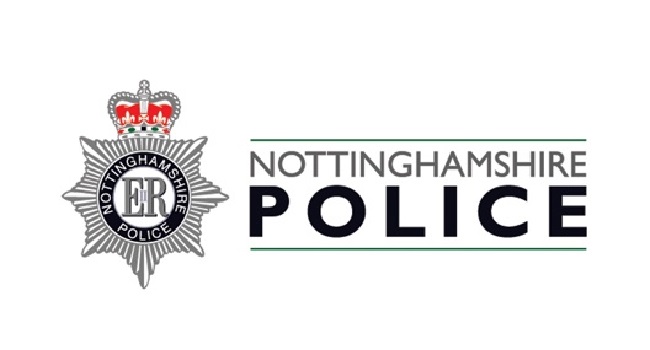Social media analytics Interpreting text-based data to tackle coordinated crime
Last summer we witnessed the worst rioting in the UK since the 1980s. London was burning and other cities soon followed in its wake. As has been widely publicised, social media played a key role in helping to incite the violence. What was new, however, was the rioters use of social media to coordinate their activities. BlackBerry Messenger became the rioters most powerful weapon, helping them to target, move and attack en masse, leaving the police trailing behind for three nights in a row.

Last summer we witnessed the worst rioting in the UK since the 1980s. London was burning and other cities soon followed in its wake. As has been widely publicised, social media played a key role in helping to incite the violence. What was new, however, was the rioters use of social media to coordinate their activities. BlackBerry Messenger became the rioters most powerful weapon, helping them to target, move and attack en masse, leaving the police trailing behind for three nights in a row.
Discussions on how to tackle this new channel for criminal coordination quickly turned to shutting down the whole BlackBerry Messenger service, but in the attempt to maintain law and order, are draconian interventions that stop access to social media channels entirely, really the only answer? The answer, in my view, is an emphatic no.
Public security professionals need to stop seeing social media as the problem and start tapping into it as part of the solution.
In the fight against anti-social criminals, organised crime and terrorists alike, social media can be the law enforcement professionals most powerful weapon. So why are they not using it more extensively?
The argument many public security professionals raise is that they simply do not have the resources to turn the contents of social media communications into usable intelligence they can act upon.
Scoping the challenges
The first challenge for public security professionals is access. Most governments have powers and means to obtain back door access to sites across the internet. The very nature of the web means this is rarely where the issue lies anyway.
The second challenge is knowing where to look. Unlike marketeers who have been utilising social media to better understand how the public perceives their brand, law enforcement has a much broader set of potential sites and channels that criminals can be using to their advantage. More importantly, criminals are trying to hide, trying to subvert those monitoring and trying to leave as little trail as possible. Because of the sheer breadth of the channels used and number of individuals of potential interest to law enforcement, the volume of data needing analysis instantly is massive, requiring an industrial scale approach.
The third challenge is the nature of social media: its substance is in the text. Without tools to cut through text at an industrial level and understand meaning from it, we are back to relying on humans reading, tagging and interpreting to turn data into usable intelligence. However, new innovative technology is available today to exploit the text-based unstructured data of the social media.
Finding a solution
The UK riots offered the frightening prospect of large groups of people intent on wrongdoing using the latest social media technologies adeptly to outflank the police.
Fortunately, tools to enable law enforcement agencies to counter this kind of activity are now available. Social media analytics solutions are now coming on stream that offer law enforcement agencies the ability to continuously monitor online and social conversation data; to identify key topics and to enable professionals to focus in on relevant content areas without wasting time sifting through information that ultimately proves immaterial. Equally, they give investigators the ability to link different types of information to understand how people are connected, the closeness of those connections and the ring-leaders involved.
Monitoring public conversations across social media requires heavy lifting from text analytics tools and therefore understanding the technical aspects of text analytics should be a necessity for modern public security professionals. Unfortunately, it currently is not. In fact, the concept of text analytics is often understood little more than the collation of open source data. Many companies want professionals to believe that their ability to collate data from the op


